DFI LANParty UT RDX200: ATI’s Crossfire AMD for the Bleeding Edge
by Wesley Fink on October 18, 2005 11:03 AM EST- Posted in
- Motherboards
DFI LANParty UT RDX200: Board Layout
DFI has made sure that you still recognize the LANParty UT box - using the same theme that worked well on their nForce4 series.
Those familiar with DFI LANParty boards will immediately recognize the black color scheme with Dayglo yellow and orange slots and connectors. Some buyers love the color scheme and look for side-window cases and UV lights to show it off. Others wish that DFI used something a bit more sedate. Whatever you think of the color scheme, our past experience has been that underneath the color is an incredibly full-featured motherboard with adjustments not available on any other motherboard. DFI tells us that all capacitors are 100% Japanese to assure the highest quality.
DFI also included Firewire powered by the well-regarded VIA VT6307 chipset. Dual Gigabit LAN is also a feature, but only one LAN port is the faster PCI Express.
DFI has made sure that you still recognize the LANParty UT box - using the same theme that worked well on their nForce4 series.
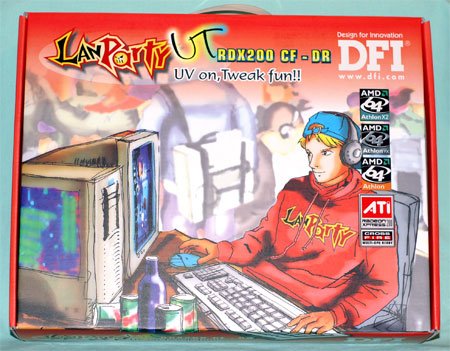
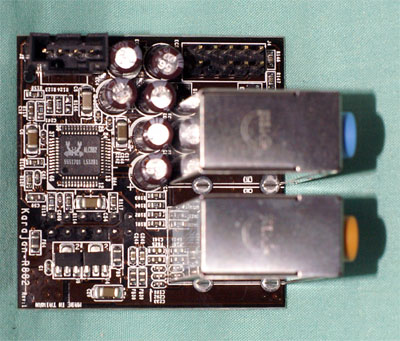

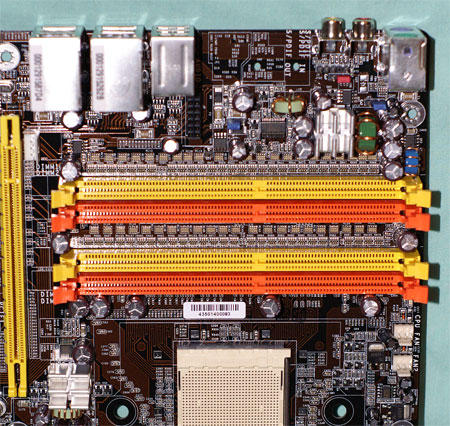


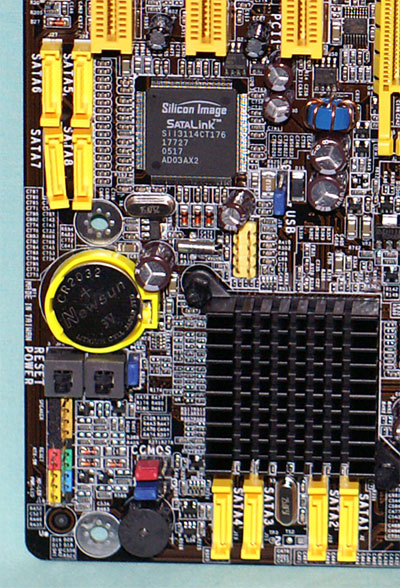
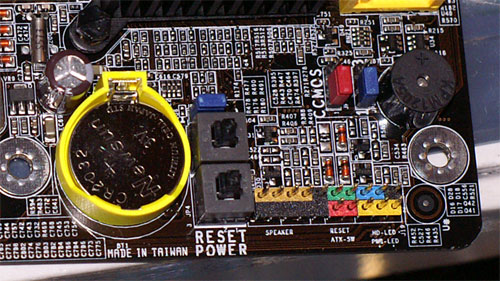
DFI also included Firewire powered by the well-regarded VIA VT6307 chipset. Dual Gigabit LAN is also a feature, but only one LAN port is the faster PCI Express.



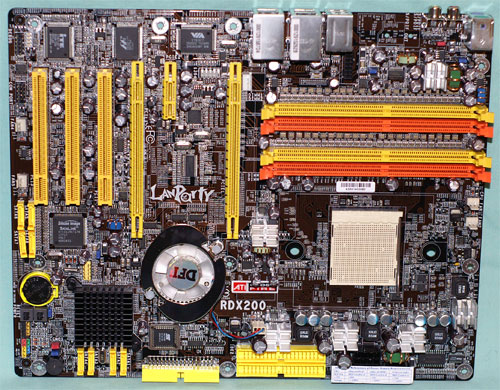








48 Comments
View All Comments
Skoad - Friday, October 21, 2005 - link
Board just came in stock at newegg for $209+5 shipping.Also what psu was used in this test. I read somewhere that the board needs an 8pin connection from the psu and that very few psu's have this right now.
I can't seem to find where I read this at atm.
Wesley Fink - Friday, October 21, 2005 - link
We use the OCZ 520W as a standard bench PSU. It has both 4 and 8-pin 12V connectors. 8-pin slots will also work with 4-pin 12V plugs.Zoomer - Wednesday, October 19, 2005 - link
Will there be a value ATi board?I don't forsee myself getting a xfire solution, ever.
smaky - Thursday, October 20, 2005 - link
Guess who is getting one this week? hiihihihiihih x850?danidentity - Wednesday, October 19, 2005 - link
You make no comment on the stability of this board, how is it?cryptonomicon - Wednesday, October 19, 2005 - link
Sorry, but I can't help but ask why the gaming performance graphs were not all done on the same graphics card. Initially I thought WOW THIS NEW ATI CHIPSET IS MAD FAST but then I see it was using the 7800 gtx while all the other boards got 6800 ultras... WTF?What the heck is going on? Was the scientific method forgotten or something? This is a let down.
rjm55 - Wednesday, October 19, 2005 - link
I'm always amazed in reading AT Comments that those who complain loudest are the ones who don't even bother to READ the review. I may not always agree with Wesley's approach on a review, but I know his results are always documented clearly in the review, logical, and repeatable. In fact he is the reviewer at AT who is most careful to always document the components he tested with and the setups. Derek and Anand often leave you guessing how they tested and you have to ask to figure it out.If you had bothered to read the test setup you would have seen that the red bars are tests with the 6800 Ultra - the same used in every other compared board. The 7800GTX and Crossfire were BONUS results - for those who would be screaming "Why have you tested with the obsolete 6800 Ultra instead of the 7800GTX".
Please READ before you scream so your rants aren't a total waste of time.
JarredWalton - Wednesday, October 19, 2005 - link
Sorry to have to point this out, but assembling and testing a motherboard can take several days. The 7800GTX scores were there for reference, but 6800 Ultra was used as well (the red bar) to make scores comparable. It's not practical to go back and retest seven (or more) motherboards every time a new article needs to be published. If we don't include something like the 7800GTX, people wonder how that affects performance. Just look at the red bars for motherboard comparisons and the gold bar to see what a $500 (instead of $350) GPU will do. :)cryptonomicon - Wednesday, October 19, 2005 - link
nevermind, wesley made no error, just me :D the board using the 6800u in red is the direct comparison (which it said in the article, albeit not on the gaming performance page). must have been too late at night or i was just too dumb to see it! excellent article as always.cryptonomicon - Wednesday, October 19, 2005 - link
hats off to DFI, this board is wicked fast. i am curious though as to how it will sell given the high price.